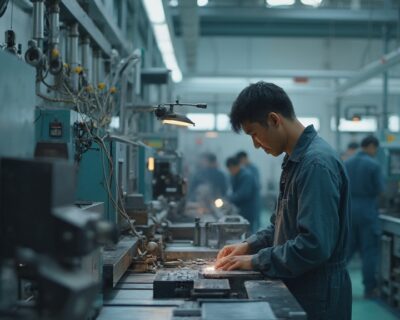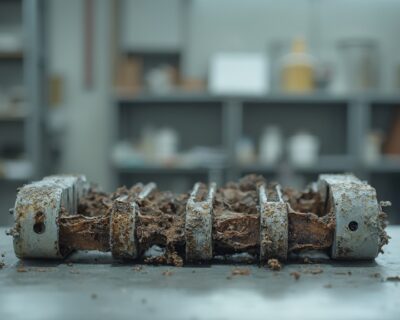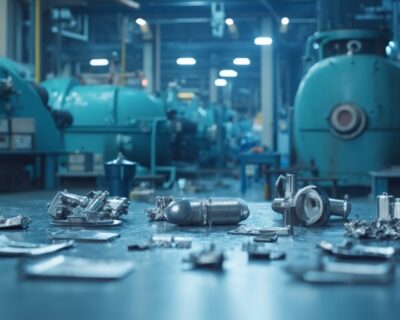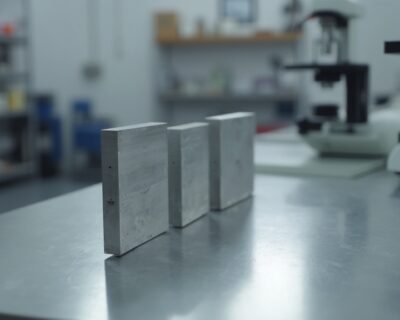Blogs
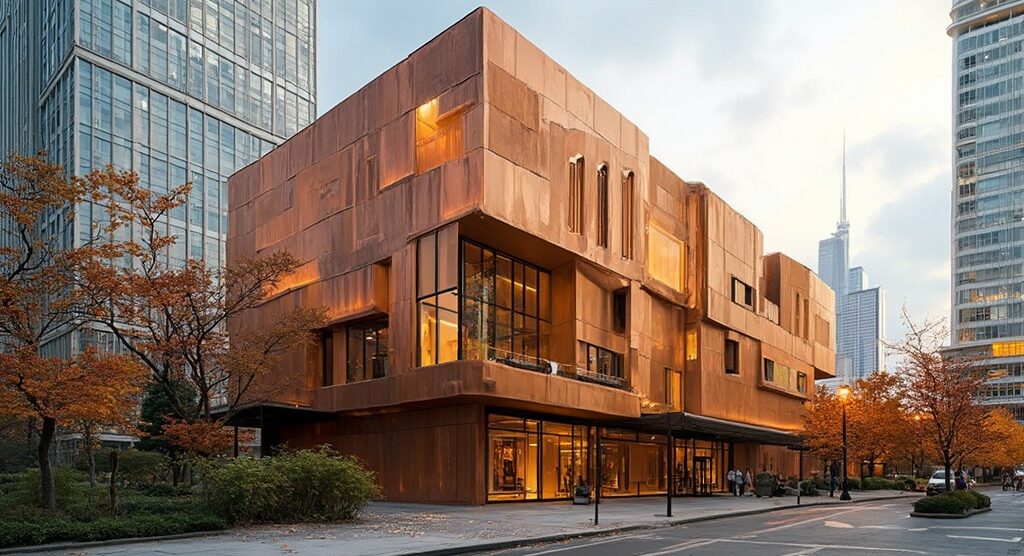
Exploring the Advantages of Copper Metal Cladding in Construction
Introduction
Copper metal cladding has emerged as a highly advantageous choice within the construction industry, driven by its unique properties and multifaceted benefits. Renowned for its exceptional durability and resistance to corrosion, copper ensures a long lifespan for both exterior and interior applications. This is exemplified in high-profile projects such as the 11 Skies in Hong Kong, where copper’s resilience against environmental factors was a key consideration.
Moreover, copper’s natural ability to develop a patina not only enhances its aesthetic appeal but also provides an additional layer of protection, making it an ideal material for facades and architectural designs.
Beyond its durability, copper’s lightweight nature simplifies installation and reduces structural load, which is highly beneficial in projects like the Waterford Bay apartments in St. Paul, Minn. The ease of installation paired with copper’s high malleability allows for intricate designs and customization, enabling architects to achieve creative and complex structures. Furthermore, copper plays a critical role in sustainable construction, contributing to clean energy technologies due to its excellent electrical conductivity.
This makes it indispensable in both traditional and modern infrastructure developments, ensuring efficiency and sustainability. The ongoing recognition of copper’s versatility is celebrated through accolades such as the North American Copper in Architecture Awards, which honor innovative uses of copper in architectural projects across the United States and Canada.
Advantages of Copper Metal Cladding in Construction
Copper metal cladding stands out in the construction industry for its numerous advantages, driven by its unique properties. One of its most significant benefits is exceptional durability and resistance to corrosion, which ensure a long lifespan for both exterior and interior applications. This is evident in high-profile projects such as the 11 Skies in Hong Kong, where the metal’s resilience against environmental factors was a crucial consideration. Additionally, the metal’s natural ability to develop a patina not only enhances its aesthetic appeal but also provides an extra layer of protection, making it a preferred choice in facades and architectural designs.
The lightweight nature of this metal simplifies installation and reduces the structural load, which is particularly beneficial in projects like the Waterford Bay apartments in St. Paul, Minn. This redevelopment utilized metal cladding to create a modern, clean-lined appearance that complements its surroundings. Furthermore, the metal’s high malleability allows for intricate designs and customization, enabling architects to achieve creative and complex structures.
As emphasized by the Copper Development Association, this metal is also a vital element in eco-friendly building practices, playing a crucial part in clean energy technologies due to its outstanding electrical conductivity. This makes it indispensable not only in traditional construction but also in modern infrastructure developments, ensuring efficiency and sustainability. The ongoing acknowledgment of this metal’s versatility is shown in the North American Awards for Architecture using this material, which honor creative applications in architectural projects throughout the United States and Canada.
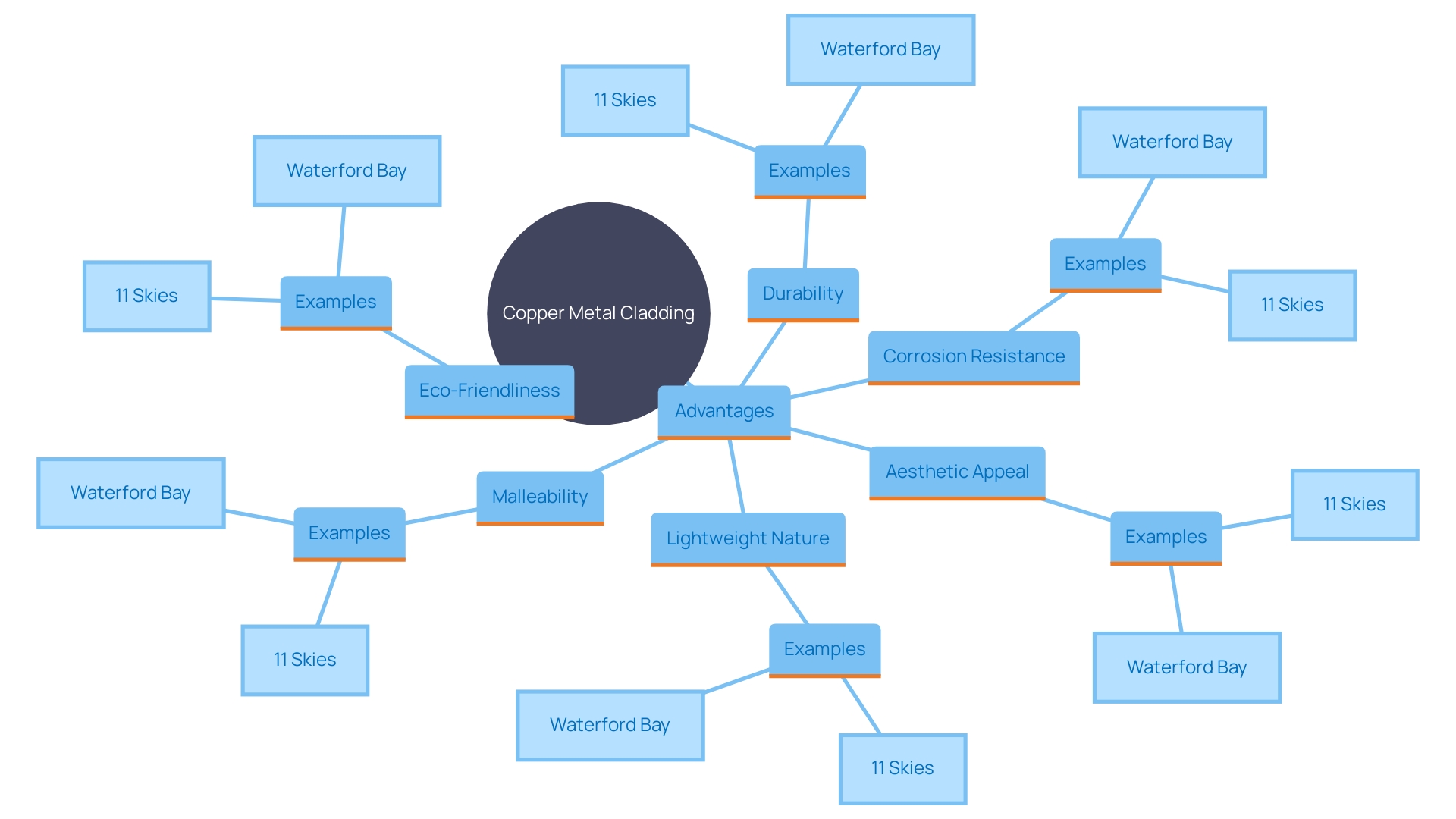
Applications of Copper Cladding in Modern Architecture
Metal cladding has become a staple in modern architecture, offering both functional and aesthetic advantages. Its use spans residential buildings, commercial structures, and cultural institutions, enhancing urban environments with striking facades, roofs, and decorative elements. The material’s thermal efficiency supports energy-efficient designs by helping to regulate indoor temperatures. The metal’s adaptability allows architects to explore a range of forms and finishes, pushing the boundaries of innovative design.
The versatility of this metal in architecture is celebrated in the North American Copper in Architecture Awards (NACIA), presented by the Copper Development Association (CDA). This yearly occasion showcases exceptional projects throughout the United States and Canada that incorporate architectural metal and its alloys. These projects often feature roof systems, facades, and custom-fabricated elements, showcasing the material’s diverse applications.
In urban environments, metal cladding is especially appreciated for its capacity to enhance a structure’s visual identity. Its natural patina evolves over time, adding character and depth to architectural designs. The substance’s durability and minimal upkeep needs render it a desirable option for enduring building.
As the building sector increasingly focuses on reducing environmental impacts, copper’s sustainability benefits are being recognized. The design and construction sector accounts for 39% of global carbon emissions, and selecting responsible materials is crucial for minimizing this footprint. Copper’s recyclability and energy efficiency make it a responsible choice for eco-conscious architects and builders.
Adaptive reuse projects, which have experienced a notable increase, especially in transforming office structures into apartments, take advantage of the material’s properties. Its ability to be reused and repurposed aligns with the growing trend of sustainable building practices.
Overall, copper cladding not only enhances the aesthetic appeal of buildings but also supports sustainable and efficient architectural designs. Its ongoing appeal in contemporary design highlights its worth as a versatile, durable, and environmentally friendly option.
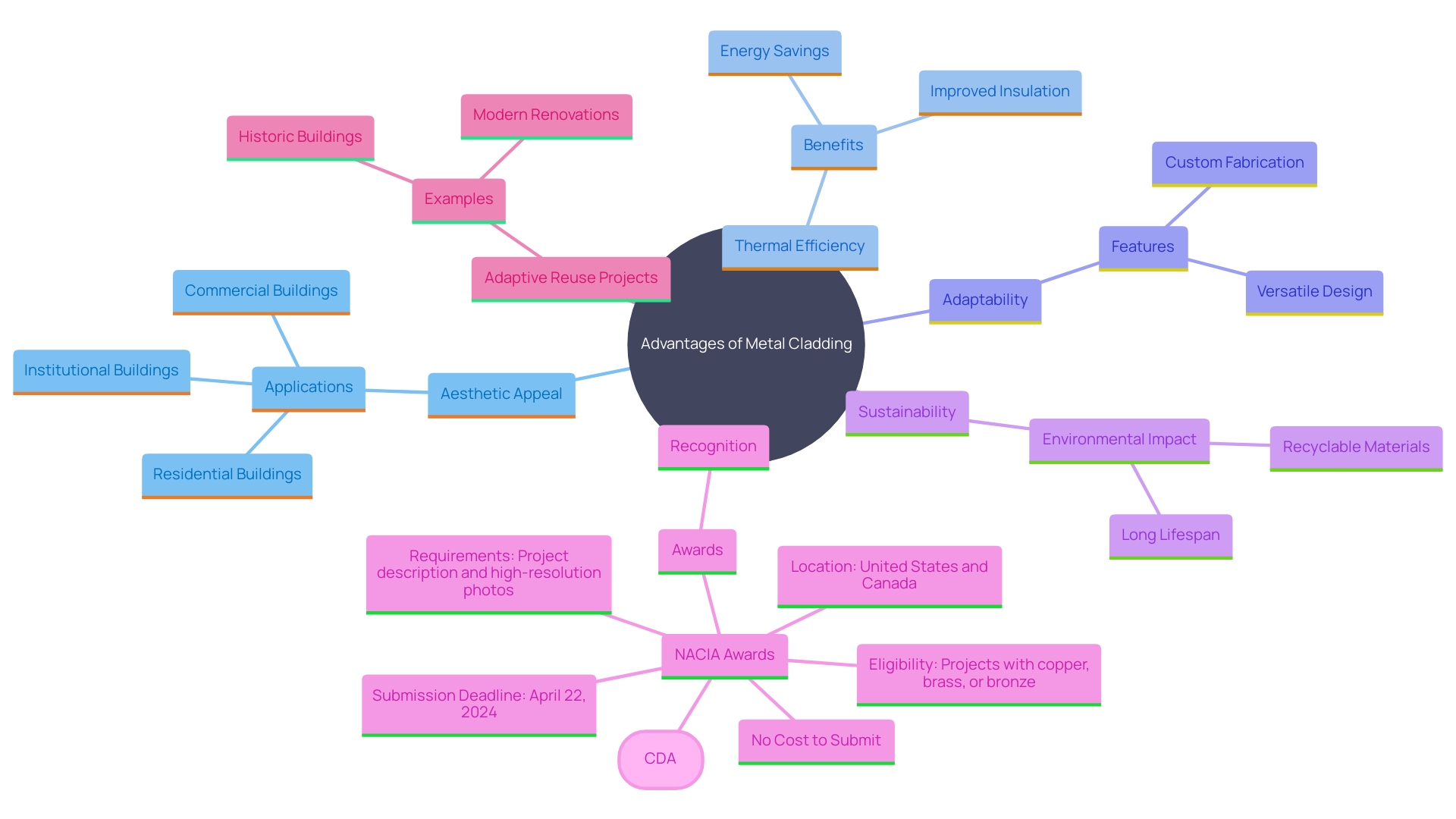
Durability and Maintenance of Copper Cladding
The metal cladding is notable for its remarkable longevity, frequently exceeding the durability of conventional substances. The metal’s innate resistance to decay, warping, and fading means it requires minimal maintenance over time. Regular cleaning can help preserve its appearance, especially if a shiny finish is preferred over the natural patina. While some might see the green patina as a drawback, it actually serves as a protective layer that enhances the underlying metal’s longevity. This self-defensive characteristic of the metal makes it a practical option for long-term building endeavors. Projects showcasing metal cladding have been praised in architecture, as emphasized by the North American Awards for Metal in Architecture, which acknowledge exceptional use of metallic alloys in various architectural features.
Sustainability and Environmental Impact of Copper Cladding
Copper is praised for its remarkable sustainability qualities, making it a top choice for eco-conscious building endeavors. As a fully recyclable substance, this metal can be reused endlessly without any decline in quality, thus minimizing the necessity for new resource extraction. This quality is paramount amid rising concerns over the environmental impact of building materials, as the construction sector accounts for a significant 37% of global greenhouse gas emissions.
Strict environmental regulations govern the extraction and processing of the metal, ensuring minimal disruption to ecosystems. Furthermore, the remarkable energy efficiency of this metal plays a vital role in decreasing operational carbon emissions in structures. Considering that operational emissions are expected to drop from 75% to 50% of the sector’s total emissions, materials such as metals are essential for reaching this decrease.
By selecting metallic cladding, builders and architects can meet and exceed green building standards, contributing to a more sustainable future. This aligns with the growing trend in interior design and construction to reimagine spaces in ways that improve health, safety, and environmental impact. As seen in the rise of adaptive reuse projects and the impressive use of sustainable materials like mass timber, the industry is moving towards more eco-friendly practices, and copper stands out as a leading material in this shift.
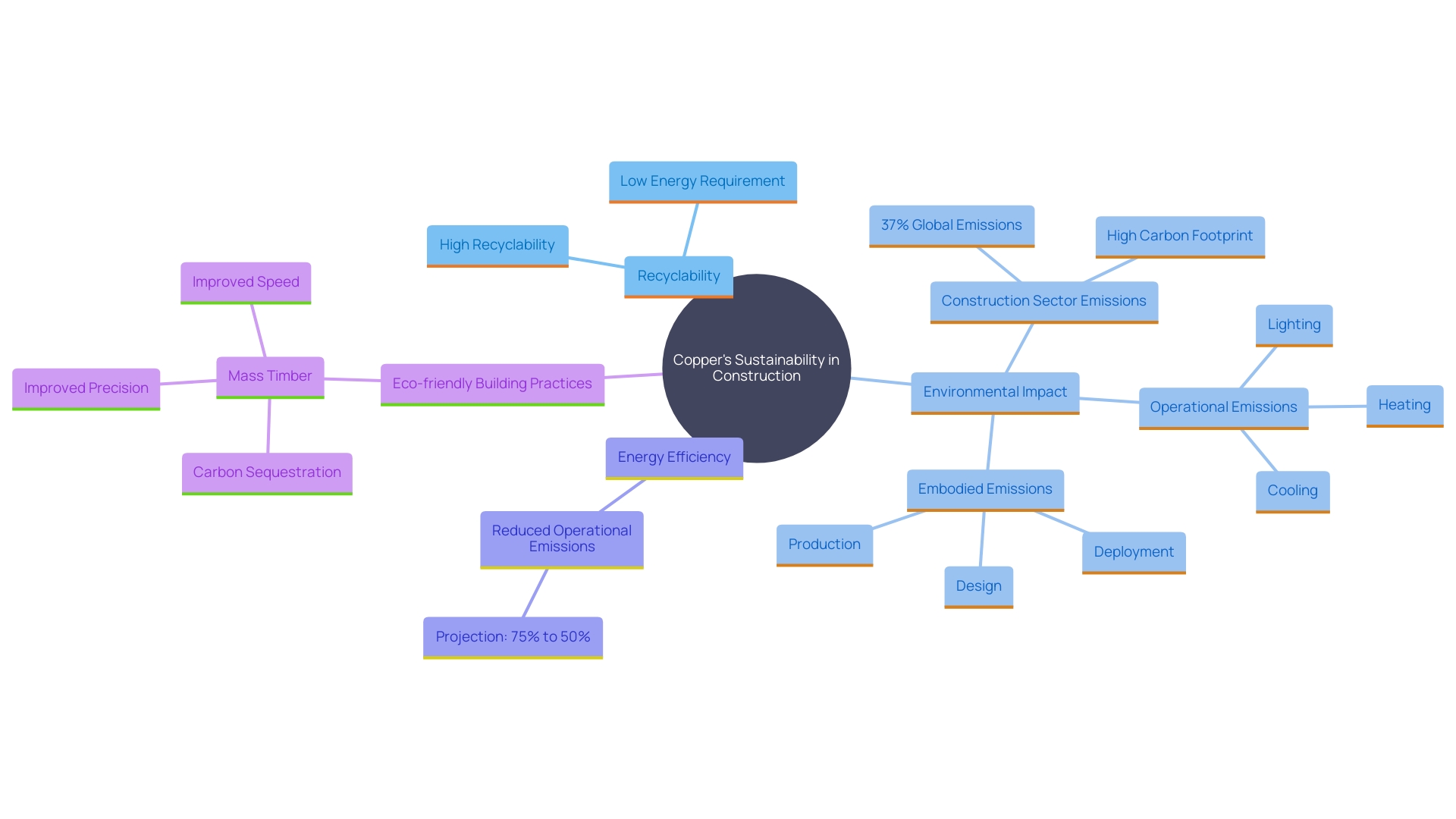
Conclusion
The exploration of copper metal cladding reveals its myriad advantages, making it an exceptional choice in the construction industry. With its unparalleled durability and resistance to corrosion, copper ensures longevity for both exterior and interior applications, as demonstrated in notable projects like 11 Skies in Hong Kong. The material’s ability to develop a protective patina not only enhances aesthetic appeal but also contributes to its resilience, solidifying its position as a preferred option for facades and architectural designs.
Moreover, copper’s lightweight nature simplifies installation, reducing structural loads and facilitating intricate designs. Its malleability allows architects to push the boundaries of creativity, while its thermal efficiency supports energy-efficient construction. Recognized through accolades such as the North American Copper in Architecture Awards, copper’s versatility in various applications—from residential to commercial—underscores its vital role in modern architecture.
Sustainability further elevates copper as a material of choice. Its 100% recyclability and minimal environmental impact during extraction and processing align with the industry’s growing focus on eco-friendly practices. By integrating copper into construction projects, architects and builders can significantly reduce carbon footprints, meeting and exceeding green building standards.
As the sector continues to evolve towards sustainability, copper stands out as a leading material, combining durability, aesthetic appeal, and environmental responsibility.

